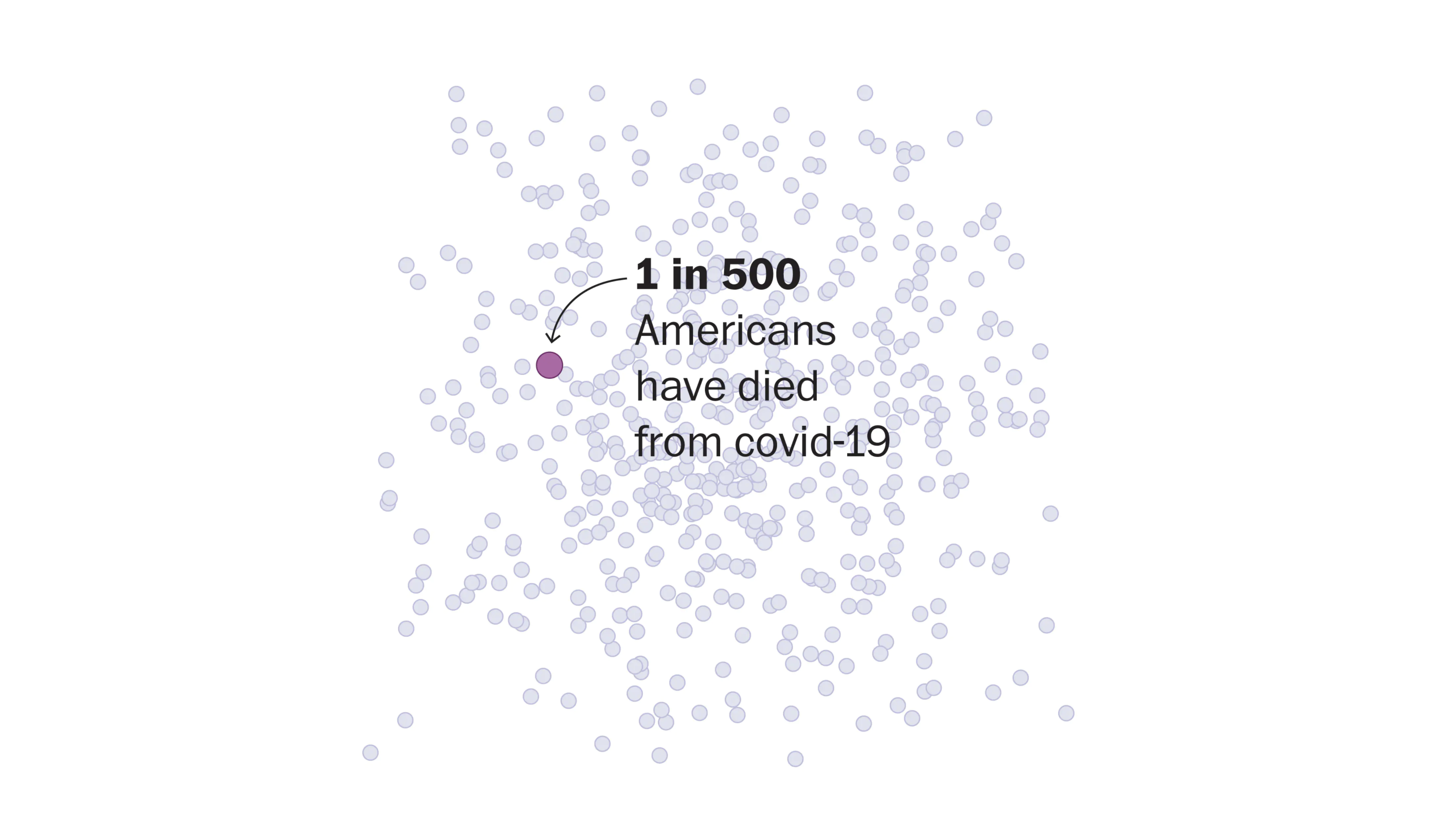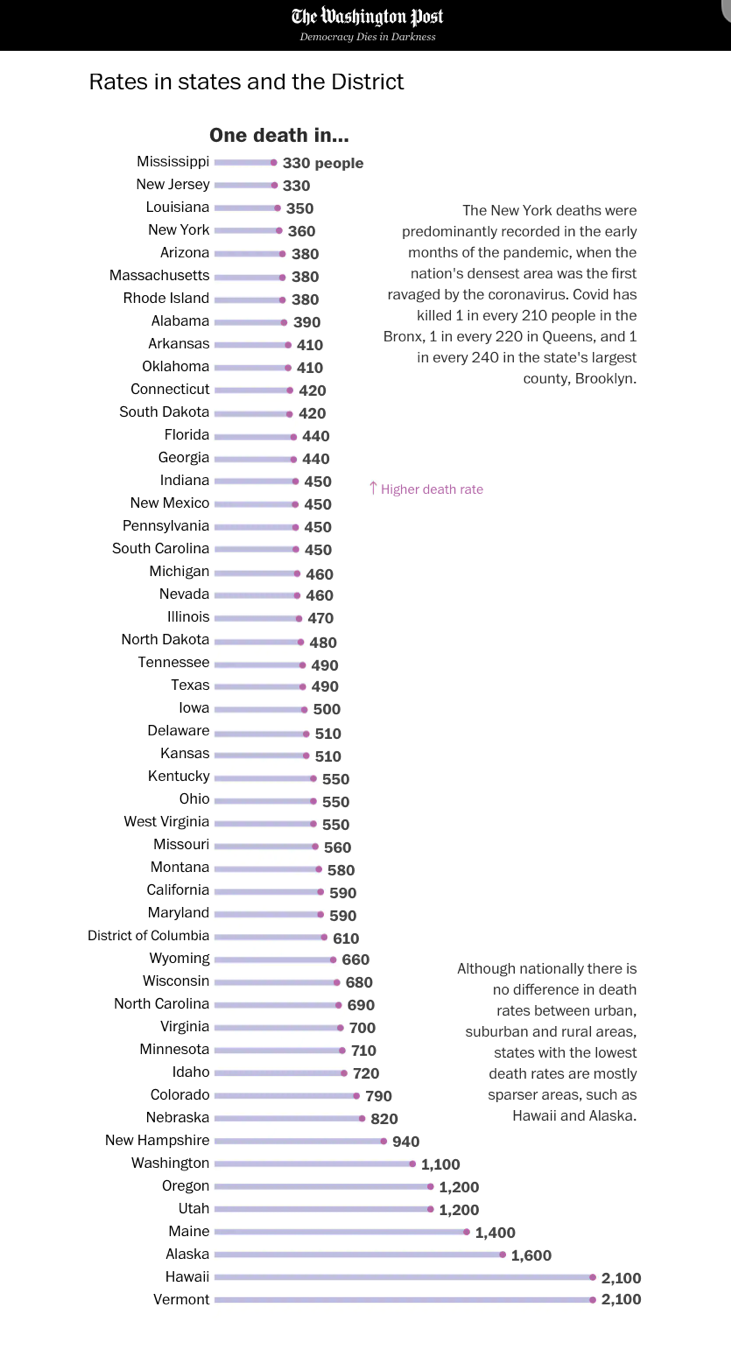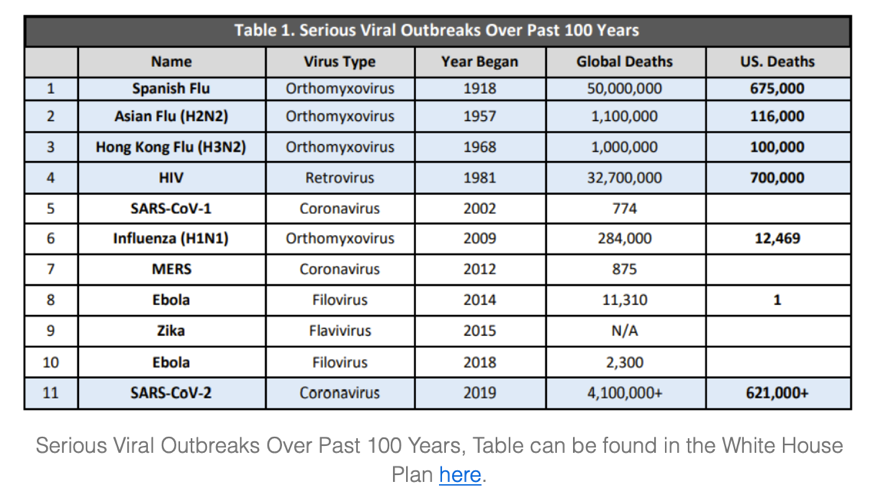 Covering COVID-19 is a daily Poynter briefing of story ideas about the coronavirus and other timely topics for journalists, written by senior faculty Al Tompkins. Sign up here to have it delivered to your inbox every weekday morning.
Covering COVID-19 is a daily Poynter briefing of story ideas about the coronavirus and other timely topics for journalists, written by senior faculty Al Tompkins. Sign up here to have it delivered to your inbox every weekday morning.
Not much about this pandemic surprises me anymore.
I am not shocked when I see that hospitals in two states are so overrun that they are “rationing” care. I am not shocked that 3,000 people who work for the Los Angeles police department plan to seek medical or religious exemptions to mandatory vaccine orders there. And I am not surprised that as soon as Delta Air Lines told unvaccinated workers that the company would tack on a $200 a month charge to pay for constant COVID-19 testing, one in five of those workers got vaccinated.
But this graphic and this data shocked me. The Washington Post says:
As of today, the death rate among 85-year-old people and older is one in 35. The younger you get, the less likely you are to die in this pandemic.
The Washington Post includes this graphic and adds detailed understanding to the numbers:
The pandemic has been good for lottery sales
Did you see that the Illinois lottery says ticket sales are way up from a year ago? The Chicago Tribune provides numbers that may have you looking at your own state’s lottery income:
Lottery sales in fiscal year 2021 surged 22% to more than $3.4 billion, the highest total since the Illinois Lottery began operation in 1975. Sales were up by $600 million over 2020, with instant games accounting for nearly two-thirds of the revenue.
Florida Trend found a similar pandemic-era increase in lottery sales:
The Florida Lottery has recorded double-digit increases in sales and revenues since June 2020 and that trend is not slackening — May’s state lottery sales were up by 23%, or $1.52 billion, compared to May 2020.
As a result, for the first time in the Florida Lottery’s 33-year history, its contributions to the state’s Educational Enhancement Trust Fund (EETF) during Fiscal Year 2021 (FY21) exceeded $2 billion, more than $300 million above forecasts.
You should check on this move to increase lottery sales. New York and New Jersey are trying online sales. Modern Retail reports:
According to a recent report by Global Industry Analysts, the pandemic helped accelerate the growth of online lottery sales. The report estimated that the U.S. online lottery market will hit $2.3 billion by the end of 2021. In 2020, the market saw a 25.7% increase in year-over-year revenue.
The White House is planning for the next serious viral outbreak. It likely is not far away.
You probably missed it a couple of weeks ago when the White House released a new budget plan called “Transforming our Capabilities” and elevated the Office of Science and Technology Policy to Cabinet-level.
“This is a big deal for science,” epidemiologist Katelyn Jetelina says.
The underlying message for all of this is that worse epidemics and pandemics are in our future and we have to build the infrastructure to respond faster and more effectively than we did this time. The plan says:
While the current virus spins off variants, its mutation rate is slower than many viruses that have been studied. Unfortunately, most of the 26 families of viruses that infect humans are less well understood or harder to control than coronaviruses. While there are important lessons to be learned from COVID-19, we must not fall into the trap of preparing for yesterday’s war.
Look at this chart from the White House plan and you will notice that viral outbreaks happened much faster in the last two decades. In fact, there is a major outbreak of some kind every two or three years.
“New infectious diseases have been emerging at a quickening pace due to increased zoonotic transmission from animals, driven by population growth, climate change, habitat loss, and human behavior, and these diseases are spreading faster with increased global travel,” The White House says.
The plan is to quickly respond to future viral outbreaks in nature, but also accidental or intentional releases of a virus as a weapon.
The $65 billion plan includes five pillars:
The plan includes a lofty goal of being able to produce and test a vaccine within 100 days of the discovery of a pandemic threat and then produce enough to vaccinate the entire population of the United States within three months. The plan then calls for the ability to send the vaccines quickly to anywhere in the world. To move faster, vaccines of the future would be skin patches or nasal sprays rather than sterile injections that require more manpower and careful storage. In all, the plan would cost $24 billion … just for this part.
The plan also calls for new and better personal protective equipment, including reusable gear. And the plan calls for a “Mission Control” kind of office that would oversee the national pandemic preparedness program.
When do we move from pandemic to epidemic? And what is endemic?
The anti-vaccine folks and virus deniers are already hashtagging #endemic as a way to say that if there was a pandemic, we surely must be on the back end of it and sliding into an endemic. The notion is than an “endemic” must be the END of a pandemic. Uh, no.
Endemic can be used as a noun or an adjective.
Endemic used as an adjective means a disease or condition “regularly found among particular people or in a certain area.” COVID-19 may always be with us and become endemic, like the flu, experts say.
Endemic can also be used as a noun. An endemic is “a disease outbreak that is consistently present but limited to a particular region. This makes the disease spread and rates predictable.” For example, malaria is considered an endemic in certain countries and regions.
Columbia University’s School of Public Health points out, “The difference between an epidemic and a pandemic isn’t in the severity of the disease, but the degree to which it has spread.”
An epidemic:
The Centers for Disease Control and Prevention (CDC) describes an epidemic as an unexpected increase in the number of disease cases in a specific geographical area. Yellow fever, smallpox, measles, and polio are prime examples of epidemics that occurred throughout American history. In broader terms, epidemics can refer to a disease or other specific health-related behavior (e.g., smoking) with rates that are clearly above the expected occurrence in a community or region.
As you see, epidemics are not necessarily communicable diseases. For example, obesity or gun violence can be accurately described as epidemics. Epidemics can be large but also contained to a single area.
A pandemic is an epidemic that crosses borders.
The World Health Organization (WHO) declares a pandemic when a disease’s growth is exponential. This means growth rate skyrockets, and each day cases grow more than the day prior.
In being declared a pandemic, the virus has nothing to do with virology, population immunity, or disease severity. It means a virus covers a wide area, affecting several countries and populations.
Pandemics cause disruptions, economic losses and chaos.
What is a ‘twindemic’ and is that coming, too?
The Association of Health Care Journalists warned members:
Public health experts are even more worried than they were in 2020 about the possibility of a “twindemic” of both the delta variant of the SARS-CoV-2 virus and an influenza virus.
AHCJ member Bara Vaida writes that physicians are getting questions about whether the COVID-19 vaccine prevents seasonal flu. (It does not.) And Vaida writes that patients can get both vaccinations the same day, but probably not the same arm. Vaida also reminds us to note on our calendars that the “National Foundation for Infectious Diseases and the CDC will hold their annual flu briefing for the media on Oct. 7. Journalists can register here.”
The health minister of Trinidad and Tobago is not happy with Nicki Minaj

Nicki Minaj attends the Oscar de la Renta show during Fashion Week on Tuesday Sept. 11, 2018 in New York. (Photo by Charles Sykes/Invision/AP)
The health minister of Trinidad and Tobago is not happy that he had to “waste so much time” tracking down whether Nicki Minaj’s story about a guy’s alleged reaction to the COVID-19 vaccine is true. He says there has been no such claim.
#BREAKING – Trinidad & Tobago Health Minister Dr. Terrence Deyalsingh responds to swollen testicle claim made by Trinidad-born entertainer @NICKIMINAJ; says there is no such reported case in Trinidad & Tobago (TTT) pic.twitter.com/NNsc9EUTKP
— Kevz Politics (@KevzPolitics) September 15, 2021
And here, in one example, is why it is so hazardous for a person who has millions of followers to spew COVID-19 nonsense. The net effect is that false claim gets repeated a zillion times, even while health experts try to dispel it.
At least 2021 will have this
Steven Spielberg’s version of “West Side Story” is finally on the way to theatres Dec. 10. Yesterday, we got the first look at the trailer. And yes, it looks like it might be epic. The film has been sitting in the can since the pandemic began — they didn’t want to release it while theater crowds were thin.
We’ll be back tomorrow with a new edition of Covering COVID-19. Are you subscribed? Sign up here to get it delivered right to your inbox.











